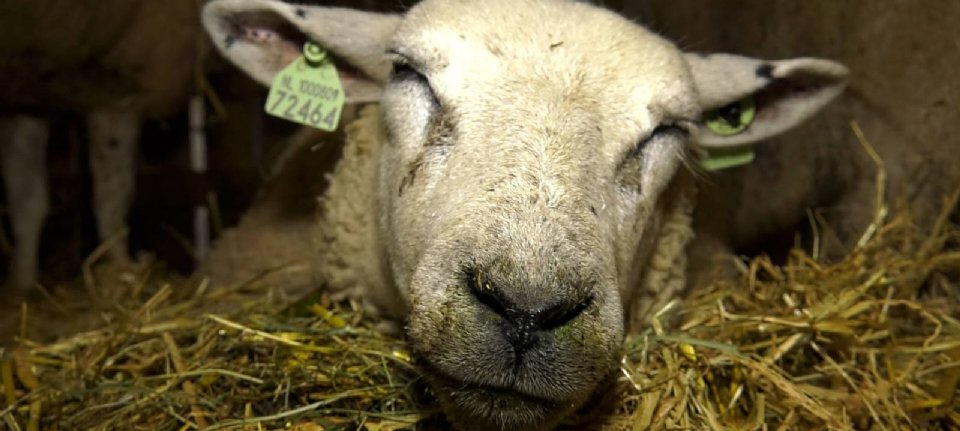
Bluetongue does not come from Italy by train
The bluetongue virus is said to have arrived in the Netherlands on a train transporting household waste from Italy to Amsterdam. This is what Sita Van Kempema of the Farmers’ Defense Force suggests. However, the type of virus prevalent in the Netherlands is not the same as the Italian type, and the Dutch type is also transmitted by Dutch midges, say bluetongue experts Millie Holwerda and Piet van Rijn of Wageningen Veterinary Biomedical Research.
The bluetongue virus (BTV) variant circulating in the Netherlands is serotype 3, just as it is in Italy, but this variant is different from serotype 3 previously found in Sicily, for example. The virus found in the Netherlands is not the same as the BTV-3 virus found in Israel, for example. Experts determined this using whole genome sequencing, which looked at the complete genetic information of the bluetongue virus. This demonstrates that these three BTV-3 variants are clearly genetically distinguishable from each other. It is therefore unlikely that BTV-3/NET2023 (=Dutch virus variant) originated in Italy or Israel.
Second, Holwerda and van Rijn argue that the bluetongue virus found in the Netherlands is transmitted by midges that occur naturally in the Netherlands.
No clear origin can be determined
As with the bluetongue outbreak from 2006 to 2008, a clear origin of the virus has not yet been determined. According to experts, the question is whether it will work. According to them, any reference to any origin or entry route remains mere speculation
In addition to train traffic, there is a lot of other international transport to and from the Netherlands, for animals, animal products, plants (products), people and empty goods. These are all possible possibilities, but none of them can be proven to be the pathway that explains the current bluetongue outbreak in the Netherlands.
Research by Wageningen Bioveterinary Research, part of Wageningen University & Research and Royal GD, shows that the first four cases of bluetongue should indeed be the first outbreaks. Before that time, bulk dairy research – where cattle are also rapidly infected with bluetongue virus – found no indication of bluetongue virus in the Netherlands. It is not possible to determine which of the four was the first. It is clear that from these first four cases, the bluetongue virus spread throughout the Netherlands.

“Travel enthusiast. Alcohol lover. Friendly entrepreneur. Coffeeaholic. Award-winning writer.”
